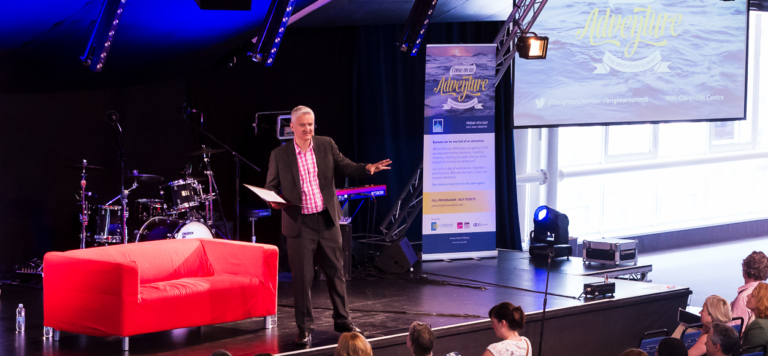19th January 2021
Communicating effectively is a two-way process
One of the common mistakes I see both individuals and organisations make is that they treat communication simply as a one-way process. To me, what makes communication effective is treating it as a conversation. There should be a dialogue, not just a broadcast. Even if you’re public speaking, which is going to be slightly one-sided because you are clearly doing more speaking than your audience, you are still constantly getting feedback. Reading and understanding the feedback you’re getting, in whatever scenario, is crucial, and organisations need to embrace it.
There needs to be a feedback loop. Even if a company’s putting out an advertising campaign or marketing comms, there will be feedback. A lot of that feedback may well come by social media. It might come by your website, but you’ve got to be listening to it, and you’ve got to act on it. A lot of organisations aren’t listening, let alone acting on what they’ve heard. They also struggle to listen to their staff, as often staff surveys are asking very specific questions, and it is easy to guide the way people respond. Try to listen to chatter, and make sure there is always an easy opportunity for feedback. This is the first way to know if your communication is being effective.
Your communications also have to be relevant to the people you’re speaking to. Ignore what you are gaining as the communicator – it’s about what’s in it for the people who are listening or receiving that communication. Put yourself in their shoes. What do they want to hear? What would be useful to them? If you don’t get that relevance, you’ll lose your audience quickly.
This feeds back into the idea of the feedback loop. You’ll know if what you’re doing is relevant because you’ll be getting feedback. If you’re not getting feedback, that’s a pretty good sign that you’ve missed the mark, that the relevance isn’t there, so people have stopped listening, stopped watching, stopped consuming. Time to do something different.

